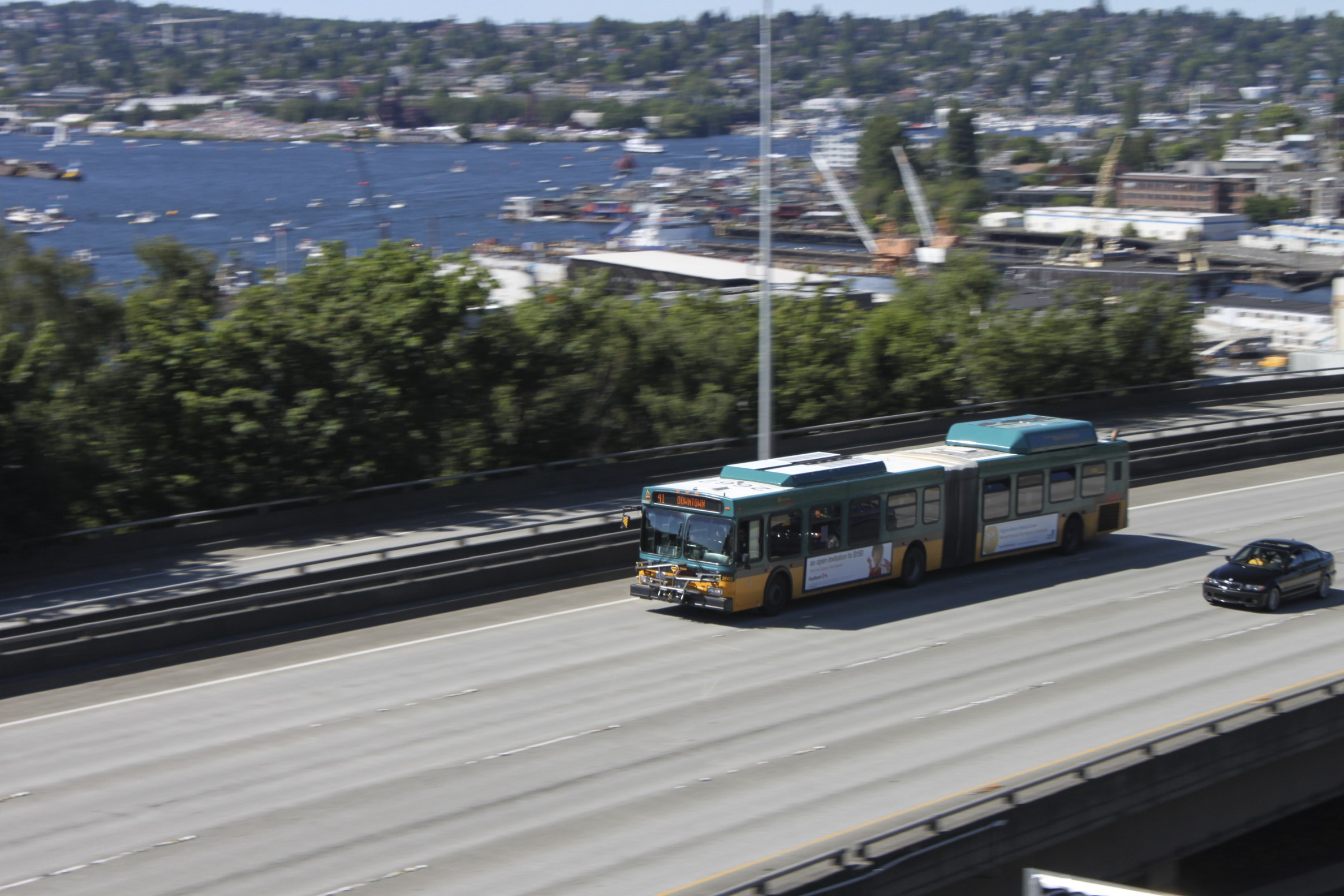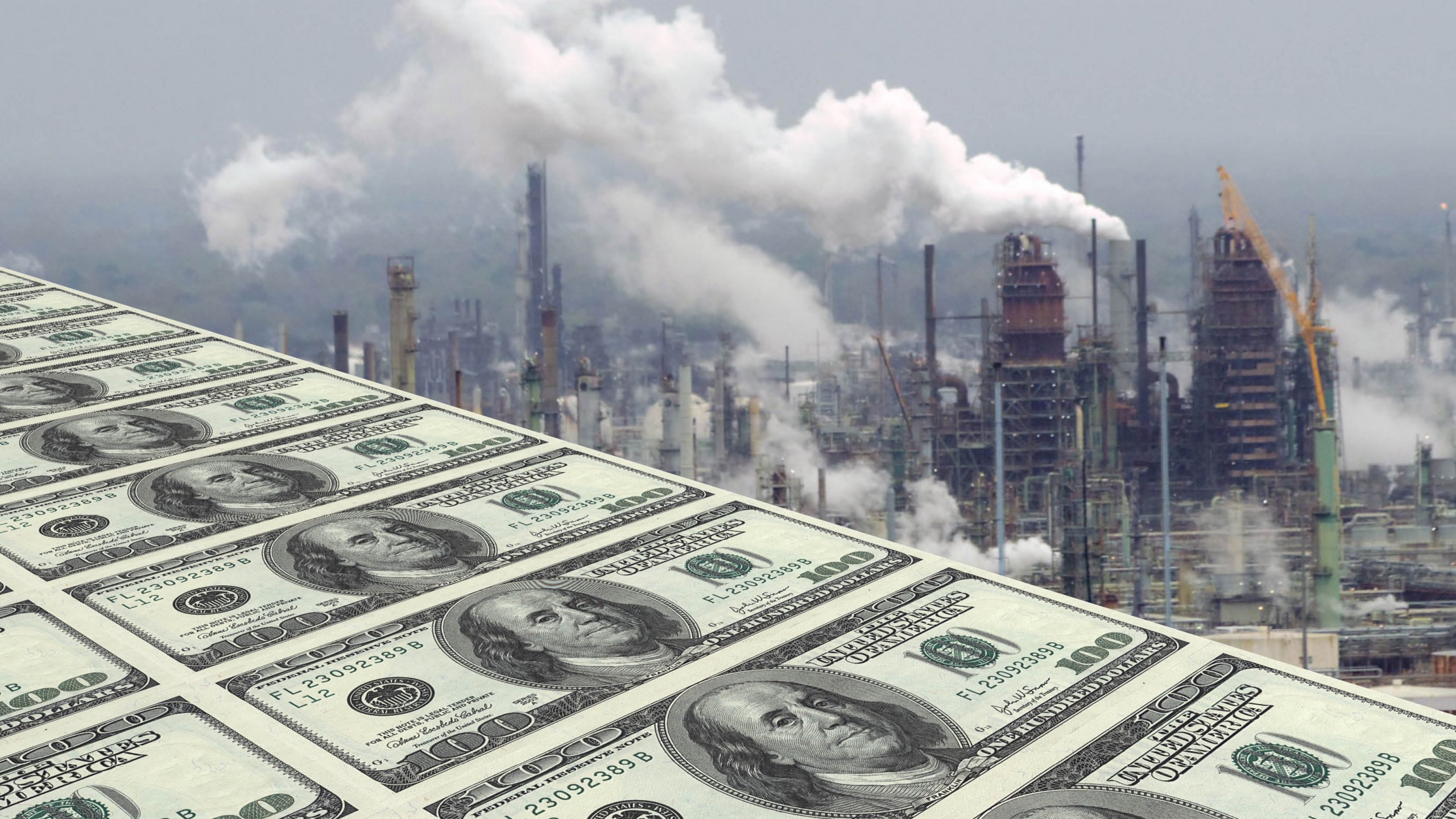
Building Maryland’s Future
The Potential of Transit-Friendly Neighborhoods to Protect Open Space and Reduce Global Warming Pollution
Sprawling development threatens Maryland’s last remaining open spaces, while global warming threatens to inundate parts of Maryland’s Chesapeake Bay waterfront over the next century and create major disruptions to agriculture, natural systems and human health across the state.
Downloads
Environment Maryland Research and Policy Center
Executive Summary
Sprawling development threatens Maryland’s last remaining open spaces, while global warming threatens to inundate parts of Maryland’s Chesapeake Bay waterfront over the next century and create major disruptions to agriculture, natural systems and human health across the state.
Transit-oriented development – the creation of compact, walkable, mixed-use neighborhoods around transit stations – can contribute to addressing both of these difficult challenges. Transit-oriented development can consume less land than traditional forms of development, reducing the pressure to pave over open spaces. And residents of transit-oriented developments drive much less than residents of sprawling suburban areas, reducing global warming pollution, easing our dependence on oil, and reducing traffic on our roads.
An aggressive strategy to promote transit-oriented development could reduce global warming pollution by at least 740,000 metric tons per year, helping the state to reduce its contribution to global warming while easing development pressure on Maryland’s remaining open spaces.
Sprawling development and global warming are among the most profound threats facing the future of Maryland’s environment.
Since the beginning of 1998, Maryland has converted about 3 percent of its total land area – an area three times the size of Baltimore City – to new residential and commercial development. Virtually all of that development has taken place in previously undeveloped open space.
Sprawl threatens Maryland’s environment in several ways: reducing water quality in the Chesapeake Bay, adding to water supply problems, and damaging Maryland’s wildlife and ecosystems.
The effects of global warming are already visible in Maryland. The state’s average temperature has risen more than 1 degree over the past century. Sea level near Baltimore has risen 7 inches in the past 100 years.
Without action to reduce emissions, the number of days in Maryland with temperatures higher than 90° F could quadruple over the next century, reaching more than 100 days per year. Sea level is expected to rise 2 feet over the next century – causing more than 350,000 acres statewide to be submerged at high tide. Precipitation is expected to increase by an average of 20 percent, and the intensity of severe storms is expected to worsen.
Pollution from cars and trucks is a major contributor to global warming in Maryland. In 2005, Maryland’s transportation sector generated 30 percent of the state’s total global warming emissions.
Transit-oriented development (TOD) – the creation of pedestrian-friendly communities built around transit stops – can help to both preserve open space and reduce global warming pollution from transportation.
TOD uses much less land per resident than sprawl, while providing a higher quality of life. A residential or commercial space can have a footprint up to 90 percent smaller in a compact community than the same square footage in a sprawling development.
Through a forward-thinking TOD plan, more than 20,000 new residential units have been built in Arlington County in Virginia since 1970 in its Metro corridor, all on redeveloped land. Building the same amount of housing in Maryland, using the current average acreage per new residence, would have required at least 18,000 acres of land.
Focusing new growth in TOD can save hundreds of thousands of acres of forests and agricultural lands. The Delaware Valley Regional Planning Commission in the Philadelphia area estimated that an aggressive strategy to encourage transit-oriented development on existing land could reduce the amount of open space needed for new development by 2035 by 97 percent compared with continuation of current development trends.
Academic research shows that individuals and families who live in transit-oriented developments drive 20 to 40 percent fewer miles annually than those living in traditional suburban developments – dramatically reducing global warming pollution from transportation.
An aggressive strategy to promote transit-oriented development in Maryland could reduce emissions of global warming pollutants by at least 740,000 metric tons per year – the equivalent of taking more than 140,000 of today’s cars off the road.
Maryland’s population is projected to grow by nearly 1 million residents, or almost 16 percent, between 2010 and 2030. The Maryland Department of Transportation projects that vehicle travel will increase 34 percent over the same period, producing approximately 3 million metric tons of additional global warming pollution annually by 2030, in a business as usual scenario.
If 75 percent of new residents in high-growth counties take up residence in transit-oriented developments between now and 2030, Maryland could:
Reduce vehicle travel and global warming pollution from these new residents by at least 22.5 percent.
Help consumers save least $300 million per year at the gas pump, and avoid burning 80 billion gallons of gasoline.
Reduce traffic congestion on Maryland highways and reduce the pressure to pursue highway expansion projects that contribute to sprawl.
These benefits do not include the emission reductions and avoided costs that would result from expanding and improving transit service in already-developed areas of the state. Transit expansion, coupled with the development of new centers of activity around transit stations, would provide new transportation options that would enable residents of existing Maryland communities to reduce their driving and curb global warming pollution.
Residents want to live in neighborhoods that include elements of transit-oriented development. National demand for compact, walkable development with good access to public transportation is already underserved, and projected to rise well above supply.
To help Marylanders find alternatives to driving, local governments, transit agencies and state government should work together to:
Fund transit-oriented development. Maryland should spend less money on new roads and highways and provide more resources for the public transportation infrastructure that is part and parcel of transit-oriented development.
Plan for transit-oriented development. TOD should be widely included in plans for the future, whether in transit system planning, city and regional planning, or locating a new state agency building. Establishing and empowering TOD coordinators to shepherd station-area development at state and local levels of government can help make TOD a reality. Increasing funding for public transportation would expand opportunities for transit-oriented development.
Offer incentives for infrastructure that strengthens TOD communities, such as public transportation, bike paths and pedestrian streets and walkways.
Update zoning laws to emphasize the mixed-use, residential and commercial zoning that is a core element of transit-oriented development.
Strengthen and better enforce smart growth laws, such that the laws encourage transit-oriented development and incorporate TOD into standards for priority funding areas statewide.
Integrate TOD principles into the BRAC planning process. A significant part of Maryland’s growth in the coming decades will come from the base realignment and closure process, and planning to build these new communities with TOD in mind should begin immediately.
Consolidate land parcels near transit stations to provide adequate land for planned TOD projects.
Reduce minimum parking space requirements. Not only does TOD reduce driving need, but maintaining large numbers of parking spaces in TOD communities encourages driving and is counterproductive.
Support and coordinate with community members and developers to provide the education, technical assistance and resources that will make TOD projects more straightforward.
Share expertise, such as the experience the Maryland Department of Transportation has developed in planning for TOD and coordinating discussions among multiple government agencies, planners and developers.
Lead by example. By requiring state and local offices to be transit-accessible, Maryland could help better concentrate development near transit stations.
Topics
Find Out More


Green schools guide
An Electric Vehicle Toolkit for Local Governments

